Road workers find World War II explosives chamber in Waterfall
Workers have stumbled across a chamber which was packed full of explosives to be blown up in the event of invasion during World War II. SEE THE PICTURES HERE.
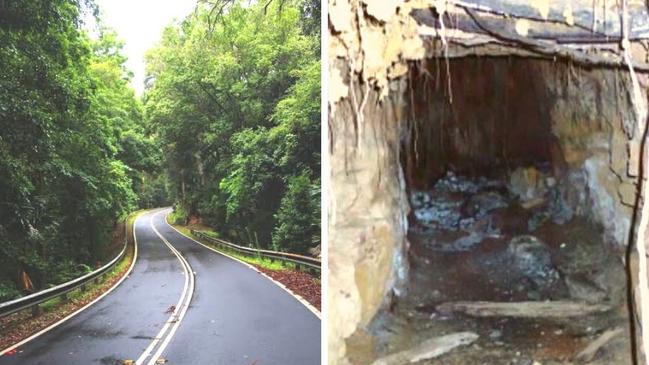
St George Shire Standard
Don't miss out on the headlines from St George Shire Standard. Followed categories will be added to My News.
A secret, forgotten tunnel beneath the Royal National Park which was once part of a network of World War II-era explosives chambers prepared in case of invasion has been rediscovered by road workers.
The secret piece of Australia’s wartime history from 1942 was rediscovered beneath the Royal National Park in Waterfall as workers investigated road maintenance.
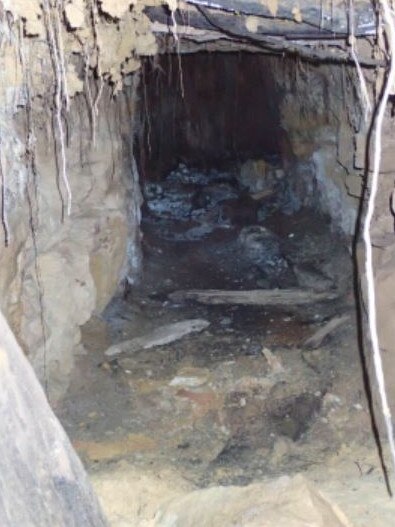
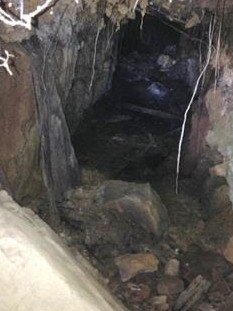
Transport for NSW Sydney Maintenance Director David Fishburn said there were four such tunnels in Waterfall, known as this “adit” on McKell Ave in Loftus.
“We understand the chamber was dug under the road so that explosives could be hidden within it. In the case of an invasion, the explosives would have been detonated and the road destroyed to hinder the progress of enemy troops,” Mr Fishburn said.
“I can assure the public there are no longer explosives in the tunnel, which is now home to a colony of regionally significant microbats, known as the Eastern Horseshoe bat.”
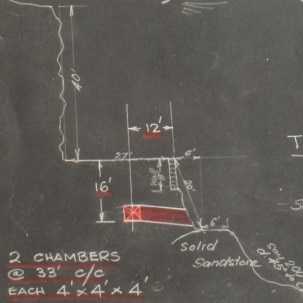
Mr Fishburn said there could be as many as 40 other such tunnels in the area.
“The Royal National Park was considered an ideal location for the defence of the Sydney coastline in the Second World War,” he said.
“The chamber is about seven metres long and 1.2m high, only accessible by rope and lined with sandstone blocks, with additional timber supports which appear to be collapsing and eroding,” Mr Fishburn said.
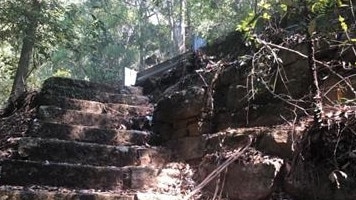
Mr Fishburn said the discovery was made while workers were investigating planned slope stabilisation upgrades on the road.
“When the adits were decommissioned, stone walls were to be built across the openings, but either this wasn’t done, or the wall has collapsed away without trace,” he added.
The planned work will ensure the road remains stable for motorists for years to come, which could include the installation of rock bolts, drains and sealing the adit.
Transport for NSW and its contractor Ventia Boral Amey will work with environmental experts and a specialist ecologist to ensure work minimises any impact on the bats.
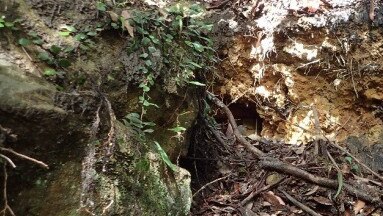
WORLD WAR II AND THE SUTHERLAND SHIRE
During 1942, the threat of an invasion of Australia appeared imminent.
Ten weeks after Japan’s invasion of South-East Asia, Australia itself became the target of air and sea attacks, including a submarine entering Sydney Harbour.
Australia’s existing arms industry was expanded, and hundreds of annexes and factories established.
The NSW Department of Main Roads worked with military authorities to construct and strengthen roads around strategic locations, so they could carry military vehicles, but also be ready for immediate demolition in case of invasion.
As well as the small tunnels to help destroy access roads, new road blocks, tank traps, gun emplacements and runways were all built or planned in 1942.
In the Sutherland Shire, beaches were also protected by barbed wire, street signs and names were removed, landmines laid, boats were taken off the water so they couldn’t be used by advancing attackers, and the National Park was used as training ground by local troops, including the 45th Battalion.
Evidence of military presence is seen in some other places in the area, including on the southern headland of Wattamolla where there is extensive erosion due to guns and traffic on the sand dunes and a camp site is apparent at Loftus Heights.
However, there are few signs remaining of the extensive military manoeuvres from 77 years ago.
Allied victories in the second half of 1942, in the Coral Sea, around Midway Island, at Milne Bay, at Guadalcanal and on the Kokoda Trail, halted the advance of Japanese forces in the South-West Pacific Area.
